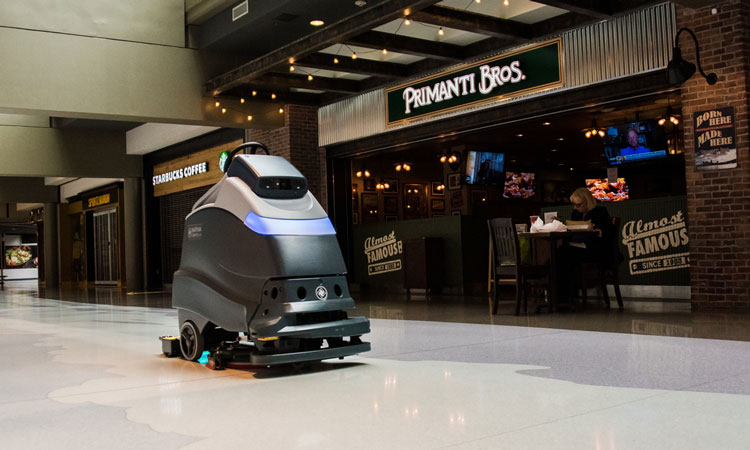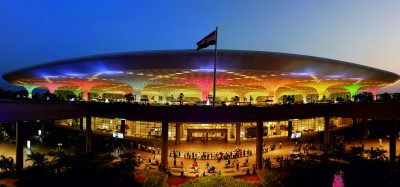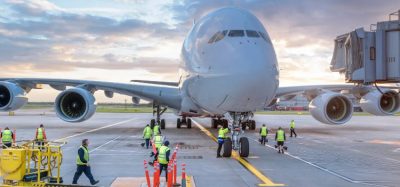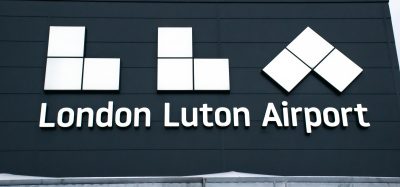Pittsburgh is first the U.S. airport to use robotic ultra-violet cleaning
- Like
- Digg
- Del
- Tumblr
- VKontakte
- Buffer
- Love This
- Odnoklassniki
- Meneame
- Blogger
- Amazon
- Yahoo Mail
- Gmail
- AOL
- Newsvine
- HackerNews
- Evernote
- MySpace
- Mail.ru
- Viadeo
- Line
- Comments
- Yummly
- SMS
- Viber
- Telegram
- Subscribe
- Skype
- Facebook Messenger
- Kakao
- LiveJournal
- Yammer
- Edgar
- Fintel
- Mix
- Instapaper
- Copy Link
Posted: 7 May 2020 | International Airport Review | 1 comment
In response to COVID-19, airports and other public spaces are searching for ways to enhance traditional cleaning methods.


Pittsburgh's cleaning robot. Credit: Beth Hollerich
Pittsburgh International Airport (PIT) has become the first U.S. airport to deploy autonomous robotic cleaners with integrated ultra-violet lights.
Researchers believe UV-C rays, which have previously been used to sanitise hospital rooms, can be successfully applied in other high-traffic settings, like airports.
The application of ultra-violet – in collaboration with Carnegie Robotics – is part of an airport-wide approach as airport officials look to innovate the way infrastructure is disinfected.
The self-driving robots will assist the airport clean its floors in an ultra-efficient manner.
Katherine Karolick, Senior Vice President of Information Technology at Pittsburgh International Airport, said: “Passengers don’t just want to see a clean airport – they want to know it’s clean and they want to know it’s safe. Ultra-violet robots have been used in hospitals as a way to disinfect and kill microorganisms, so it is definitely something that makes sense for an airport.”
The machines scour the floor surface with 88 pounds per square inch of water pressure. Chemical disinfectant can be added to the process and then ultra-violet rays pass over, creating three different levels of cleaning.
Carnegie Robotics’ Chief Financial Officer, Daniel Beaven, said: “An airport, as a particular application space, is very representative of a lot of public spaces: High traffic, big open areas, reflective surfaces, a lot of safety concerns.”
Researchers will examine the floor surface after the ultra-violet scrubber passes over it to determine if any microorganisms remain.
A staff member will drive the robot around the outside edge of an area and the onboard computer saves it to memory. Then the robot is programmed to automatically clean the entire area. Stereo cameras mounted on the front detect obstacles, including people, and will stop the machine immediately if its path is obstructed.
The water supply will need to be changed after approximately 150 minutes and the battery recharged after six hours.
“The health and safety of airport staff and the travelling public is always the top priority,” said Pittsburgh International Airport CEO, Christina Cassotis. “We know that restoring confidence in travel is going to be key to the industry recovery. That’s why we’re incorporating world-leading Pittsburgh technology as part of the solution.”


















Four comments:
1) Why are people in airports required to wear masks if it’s the floor that’s contaminated?
2) The UV light near the top of the robot is completely useless. At that lamp to floor distance the irradiation intensity at floor level is about 1,000x less – not nearly the amount required to kill germs. The ‘robot’ seems to be nothing more than a glorified and flashy ‘floor cleaner’.
3) How are germs dealt with accumulating on the floor in-between cleaning activity hours or days later?
4) UV light can’t mitigate air-borne germs & chemicals found at airports. How are they dealt with by the ‘robot’?